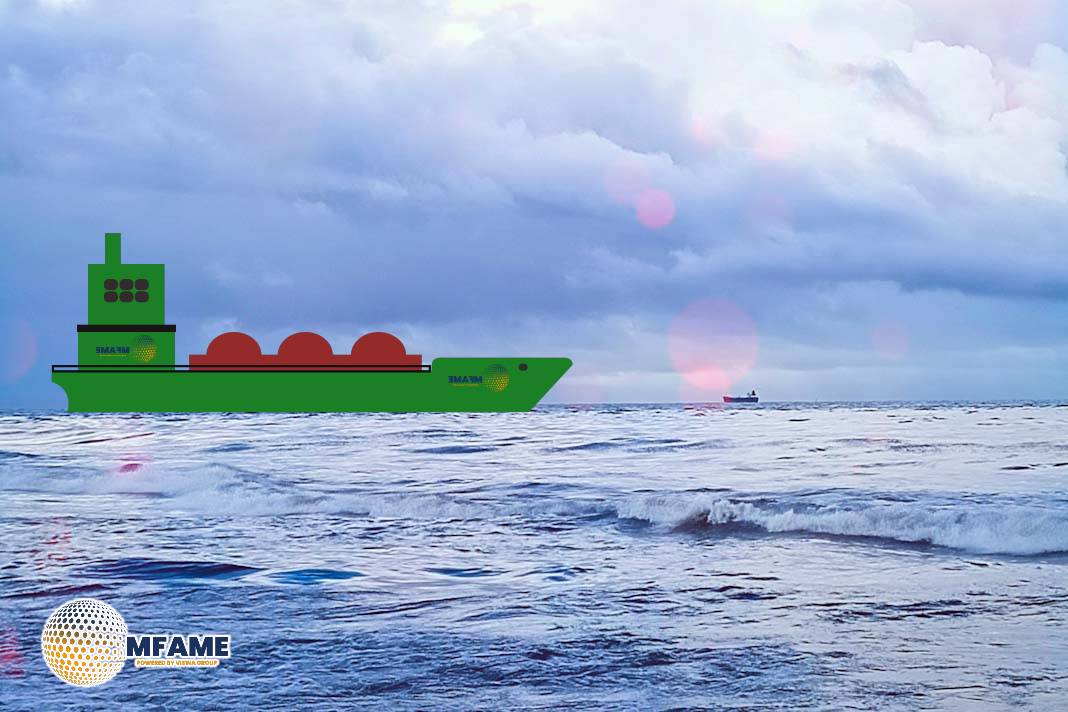As the maritime industry moves towards zero-emission operations, ammonia and hydrogen are gradually emerging as suitable ship fuels due to their carbon-free emissions. These new fuels require a change of mindset in terms of design, operations and crew competence, all addressed in a new DNV paper.
With no specific IMO regulation available, IMO’s alternative design approval (ADA) process is essential for approval, and the paper outlines how DNV rules provide structured, prescriptive requirements to simplify the procedure.
Change of mindset in terms of design, operations and crew competence
DNV has outlined a structured approach for shipowners seeking approval for ammonia- and hydrogen-fuelled vessels, emphasizing safety and regulatory compliance. The process involves seven key steps:
- Early Engagement with Flag Administrations: Initiate discussions early to align with regulatory expectations.
- Risk-Based Design Evaluation: Utilize IMO’s Alternative Design Approval (ADA) process to assess and mitigate risks associated with alternative fuels.
- Development of Safety Management Systems: Implement comprehensive safety protocols tailored to the unique hazards of ammonia and hydrogen fuels.
- Crew Training and Competency Building: Ensure crew members are adequately trained to handle the specific challenges posed by these fuels.
- Bunkering Infrastructure Assessment: Evaluate and adapt bunkering facilities to safely accommodate ammonia and hydrogen fueling operations.
- Continuous Monitoring and Maintenance: Establish systems for ongoing monitoring and maintenance to uphold safety standards.
- Collaboration with Classification Societies: Work closely with classification societies like DNV to navigate the approval process effectively.
This comprehensive approach aims to facilitate the safe and efficient adoption of ammonia and hydrogen as marine fuels, aligning with global decarbonization goals.
Did you subscribe to our daily Newsletter?
It’s Free Click here to Subscribe!
Source: DNV



















